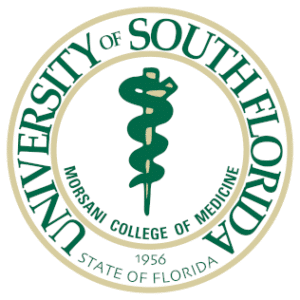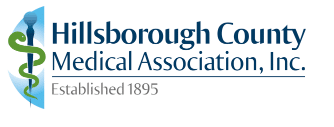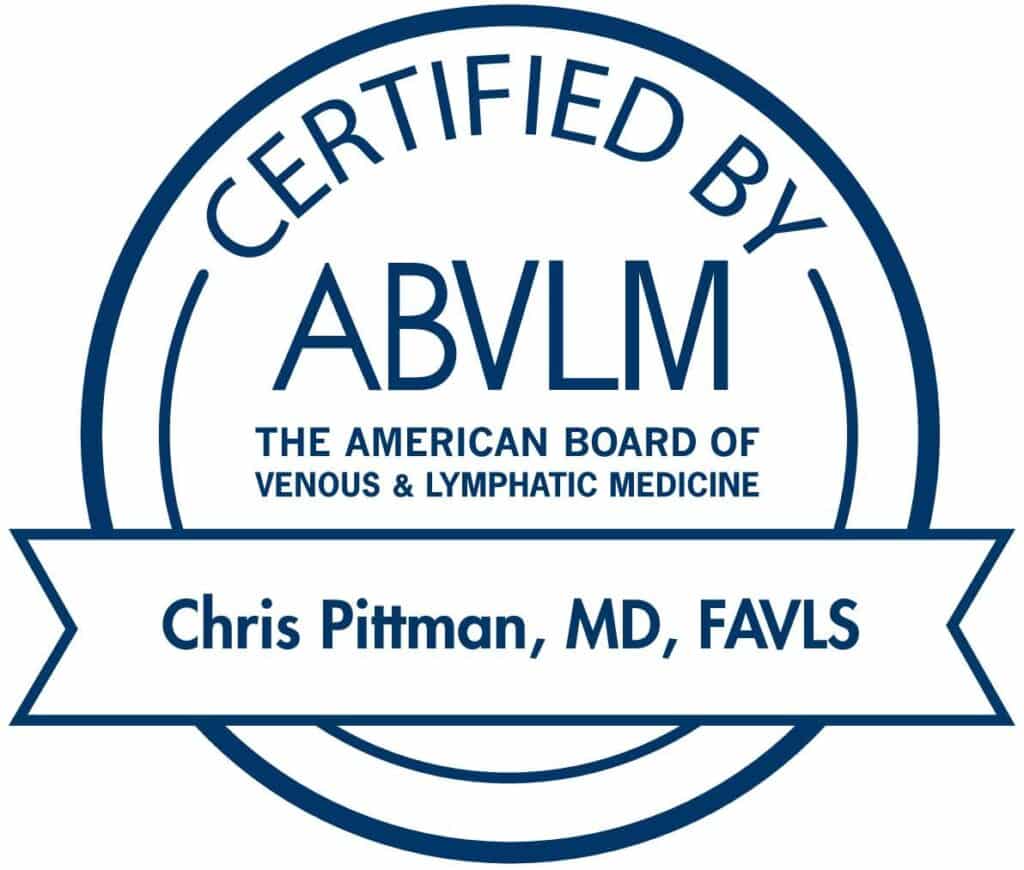The terms “blood clot” and “deep vein thrombosis” are closely related, but they are not always the same thing. Below is some basic information to help you understand the relationship between these two concepts and how they relate to varicose veins.
What is a blood clot?
A blood clot is a gel-like clump of blood. Clots form naturally when the body is trying to stop active bleeding. However, when blood clots form inside the veins, they can be dangerous. If they don’t dissolve on their own, they can travel to other parts of your body, such as the brain, and cause complications.
What is deep vein thrombosis?
Deep vein thrombosis, which may also be referred to as “DVT,” is a specific type of blood clot that develops in one of the veins deep inside the body. This type of clot may block some or all of the blood flow through the vein. In the majority of cases, DVTs are found in the pelvis, lower leg or thigh. However, they may develop in other parts of the body as well.
What makes deep vein thrombosis dangerous?
A DVT doesn’t pose a serious threat on its own as long as it stays in one place. However, if the clot breaks free from the vessel and moves through your bloodstream, it can block the flow of blood to the lungs, which can be life-threatening if it isn’t treated immediately.
In some cases, DVT in the legs can also cause chronic venous insufficiency. Chronic venous insufficiency leads to the development of varicose veins, discoloration of the skin, ulcers and other uncomfortable complications.
Deep vein thrombosis and varicose veins
Although the presence of DVT can cause or worsen varicose veins, having varicose veins can also be a risk factor for the development of DVT. For this reason, it is important to deal with varicose veins when you notice them. Varicose veins usually appear as swollen veins in the legs that may be blue, red or purple in color. These veins may be raised above the skin’s surface, or they may be deep within the tissues. Varicose veins can also cause other symptoms, such as burning, cramping, swelling and tingling in the affected leg. These symptoms are often worse after you stand or sit for a long period of time.
If you notice varicose veins, you can deal with this condition by seeking vein treatment from an experienced vein doctor. Please contact Vein 911 today to make an appointment with a vein doctor and discuss your treatment options.











